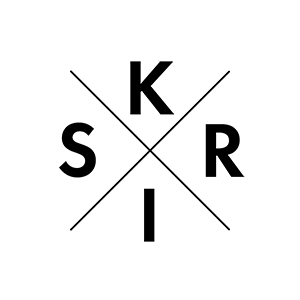You’ve conducted the selection interviews – informative weren’t they? It’s the time to put all the information that is definitely in your head upon paper, and pull all this together in a complete picture.
This article uses on from our previous article which offered tips on how to perform the interviews themselves. In this article we give you some feasible techniques to make use of whilst examining your selection interviews, helping black mold your outcomes into anything tangible.
Variety your results into a société
After interviews you’ll find that you’ve got lots of interesting thoughts and ideas moving around your face, but perhaps in not any clear framework. The benefits will be better to understand and convey in front of large audiences if they are purchased into a apparent narration.
The best way to do this to achieve this is to put everything down on paper and after that sift through the results to create a final unified story.
Post-it notes & a bright white board
2. Put all the concepts, tips and studies you present in each interview onto sticky notes (each point need to be on its own note).
* Stay away from long content as you should be able to quickly scan it and know very well what it identifies, each post-it should only contain approximately 10 sayings.
* Feel free to use brief quotes or perhaps simple summaries if they will sum up the finding very well.
* Add a number or perhaps an interviewee name for the corner so you can keep track just where each sticky came from.
2. If you evaluated people by differing teams (for case new and returning customers) patterns will be easier to location if you place a symbol on each post-it (or used colour co-ordinated post-its) to show which in turn group that they belonged to.
After the interviews you’ll know the dimensions of the common designs that look through the selection interviews, so approach the post-its around and group these people accordingly.
Invest some time with this kind of, you may find the first groupings alter over time. Sometimes it is called an ‘affinity diagram’. An advantage of using post-its is that lit . the whole of your benefits at once, rather than seeing a little part over a screen any kind of time one time. Observing the ‘big picture’ can help you visualise the proceedings more easily than attempting this visualisation in your mind alone. An additional is that post-its give you the overall flexibility to make further changes to the diagram whenever needed.
If you are able to, try this on a light board. It has 2 positive aspects:
* Allows you to draw jewelry around the organizations, and add observation where needed.
* The post-its will probably stick and stay to need all of them (rather than deciding to fall to the floor at most inopportune times).
Essentially you’re building a visual rendering (almost a mind map) of the effect. Once is actually visualized, you will find it’ll make a lot more perception.
Don’t forget why you had been conducting the interviews
The first article emphasized the necessity to have a definite goal when conducting the interviews:
“The aims of interviews in order to discover:
5. Users’ needs and goals.
* How users full tasks on your site (or would perform if functionality was available).
* What users think the site offers them (and what more they really want/need). ”
This might act as a handy framework to make use of your findings, and should be remembered while conducting the analysis. Nevertheless keep in mind that the advantage of interviews is usually their flexibility so if you come to feel placing another solution focus on the results makes clear your findings, you can do and so.
Bounce your ideas off somebody else
Stand in front of your post-its and talk your studies through with someone (or several people). Encourage inquiries. You will not be allowed to answer every single question, but you will find just where gaps inside your explanations are. Talking throughout your findings may also help further clarify your ideas, and you’ll realise where the spaces are in your overall picture.
You may also get bouncing choices off those that didn’t attend the selection interviews useful. Finding the outcomes with an individual with a several perspective from your can generate ideas do not have considered usually.
Take your time
There is the first couple of hours will be filled up with a craze of crafting and grouping post-its, you must then sleep on the effect. You will find your subconscious will help keep on focusing on the problems, and you could well discover you wake up with further ideas, or perhaps when going for a soak within a bath, or on the walk home… There always exists further parts to add, and changes to be created to your cast diagram.
Producing your findings from selection interviews is like possessing a photograph manually ,. It takes as well as if you dash off to through the process then the result is not as it should be. Take your time over the every single stage, you could been given a phenomenal amount details to process during the interviews, so ensure the whole thing relevant gets down and a clear total message will be able to develop.
Ending
Once you aren’t done it really leaves the ‘simple’ couple of:
* Producing whatever changes are was required to your site
* Producing gentes
* Figuring out problems with your overall site
5. Directing new design principles
another one for the thousands of challenges interviews can easily feed extremely useful data into www.giovannicenna.it. Require “small” problems might be possible knowing the hard work will pay off come go live.
As stated in the previous content “interviews are a good way to find specific information about the users”, remember more work is needed than expected to take out those awesome results.
